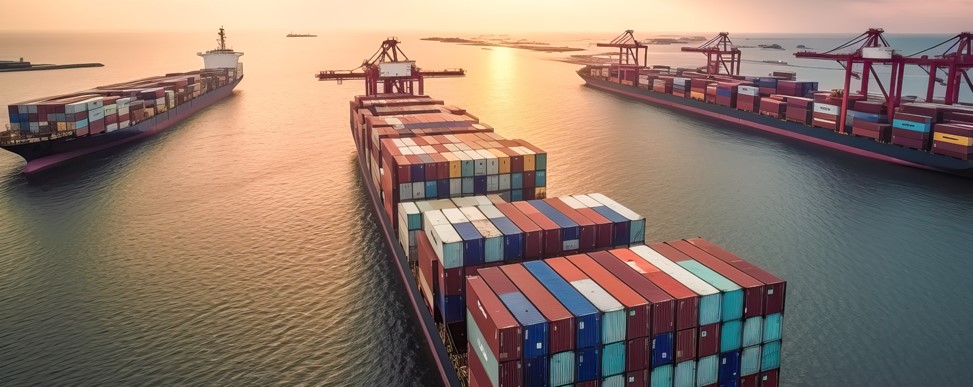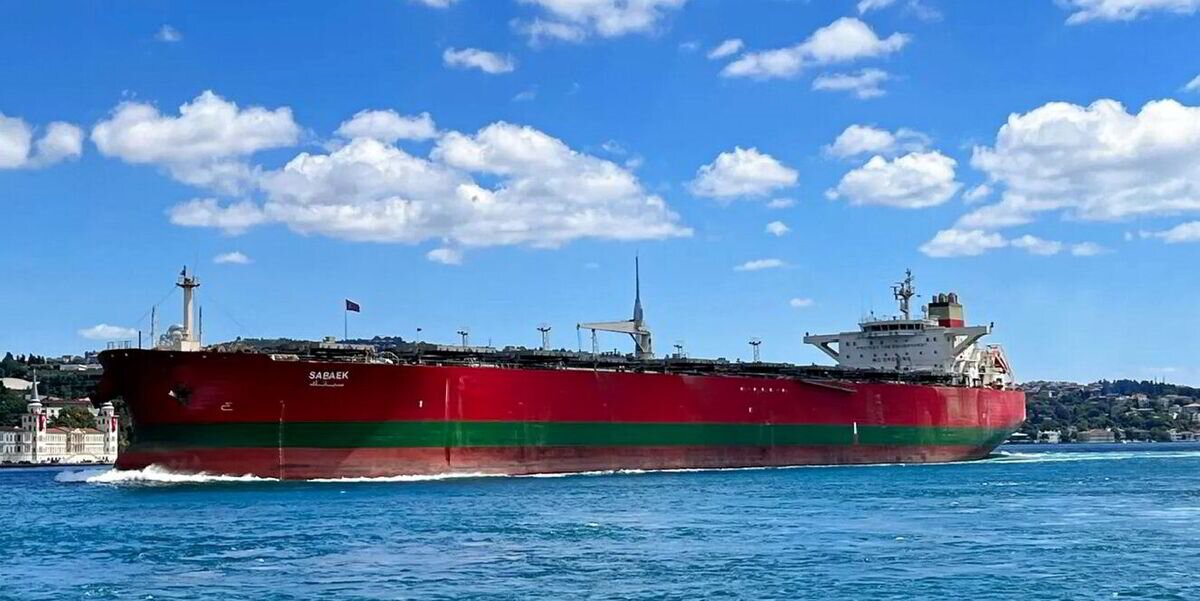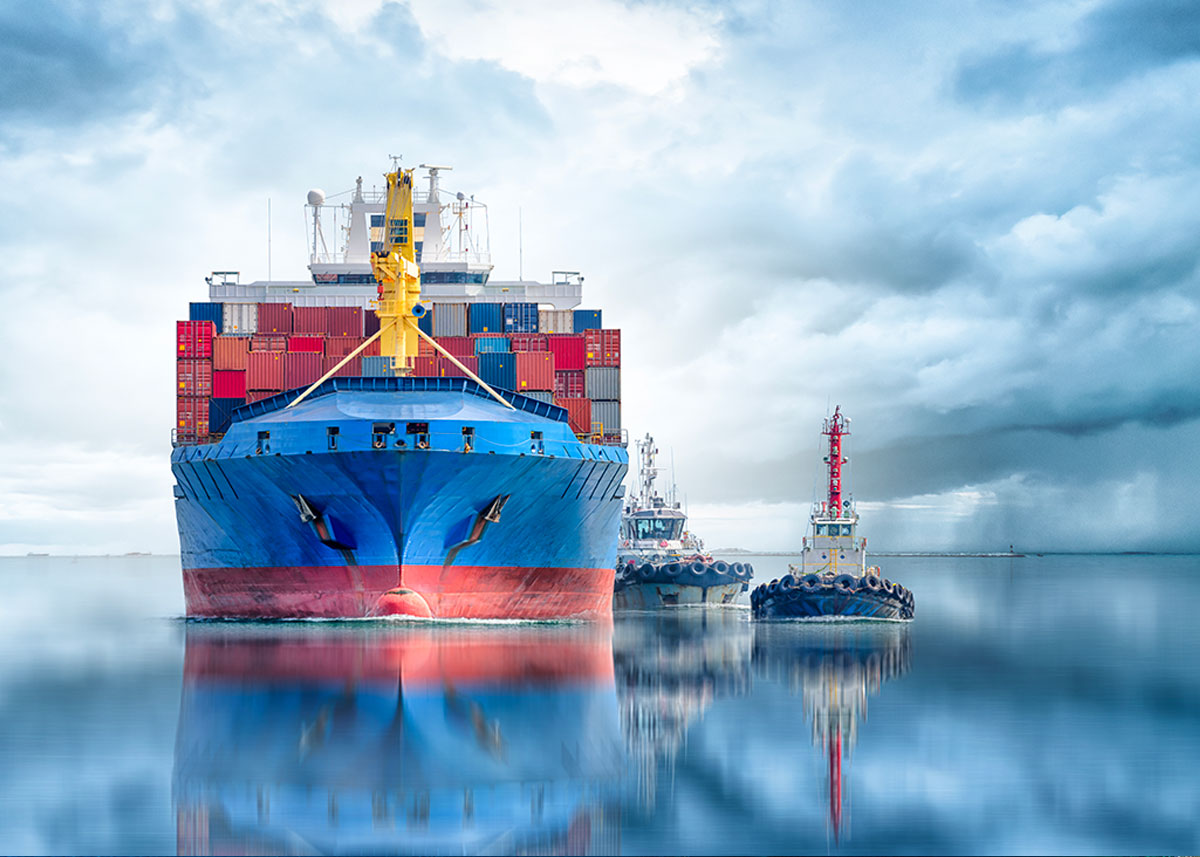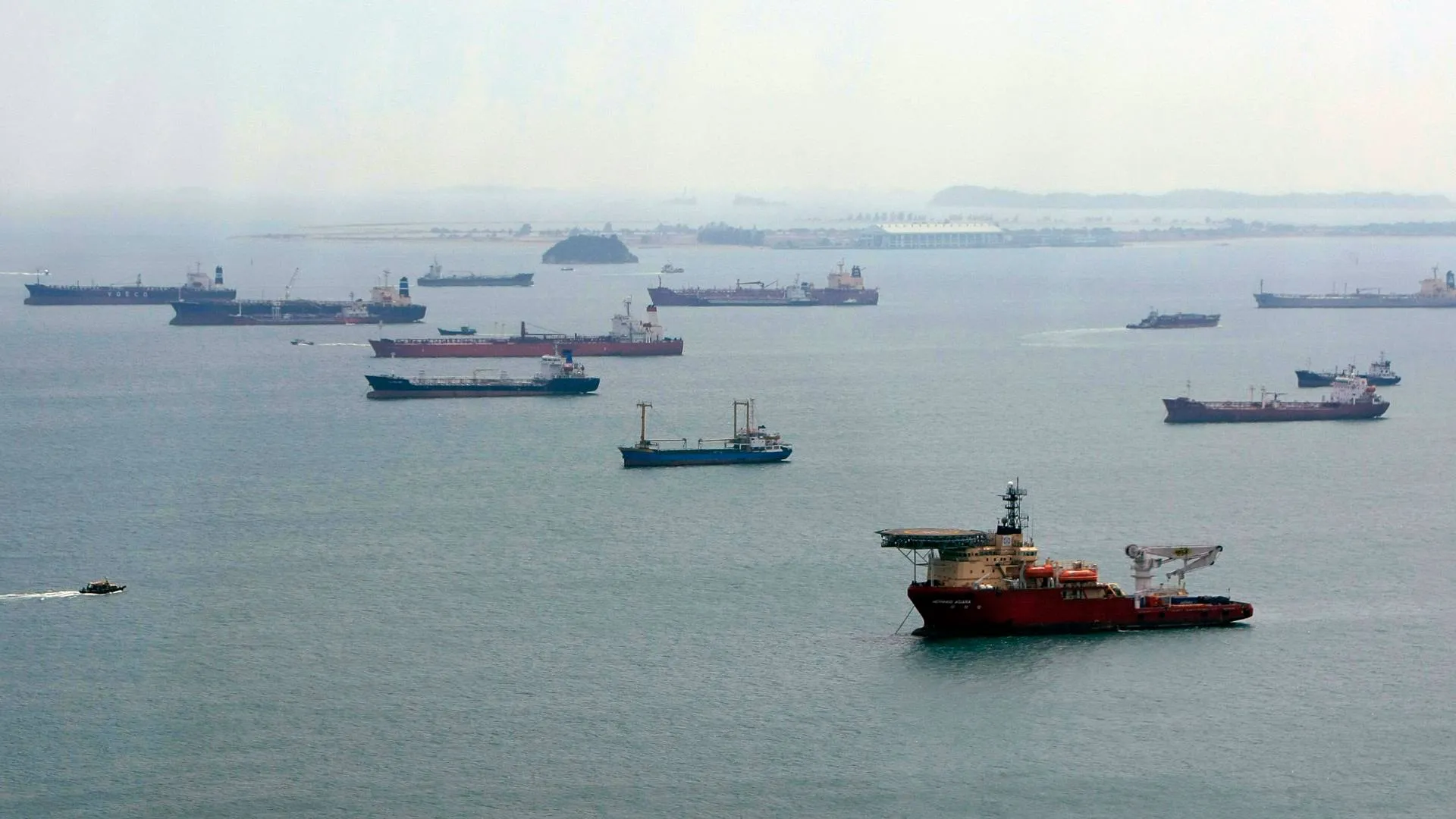By PortalPortuario Editorial Staff
In two years, the total length of economically navigable waterways grew by 279 km. The number jumped from 20.1 thousand km in 2022 to 20.4 thousand km in 2024, representing an increase of 1.39%.
The data comes from the Study of Economically Navigable Inland Waterways (VEN), conducted every two years by the National Waterway Transportation Agency (ANTAQ). The new values were approved at an Ordinary Board Meeting (ROD) of the Agency.
The survey updates the data of the waterway transport matrix for the destination of cargo and passengers in the waterway network, based on information obtained by the National Department of Transport Infrastructure (DNIT).
Director Caio Farias, who reported the process, emphasized that this survey “highlights the potential for articulation with neighboring countries in South America, through cross-border waterway corridors, contributing to the strengthening of regional and international logistics.”
The study also details the results by Hydrographic Region. Again, the North region showed the largest increase for the waterway network, with a gain of 3.56%. This reinforces the strategic importance of inland waterway transport for territorial integration, especially for this region.
With the update, the ratio between the currently economically navigable waterway network, of 20.4 thousand km, and that foreseen in the National Roadway Plan (PNV), of 41.7 thousand km, has reached almost 49%.
Since it exploits half of the Brazilian navigable waterways and represents one of the most sustainable modes, ANTAQ works on public policies that stimulate the use of waterways, such as waterway concessions.
Waterways are four to five times less polluting than road transport and emit 1.5 times less carbon than a railway. Furthermore, they have lower implementation and operating costs compared to road and rail transport modes, reduce the percentage of fatal accidents, and decrease the number of cargo thefts and losses.




